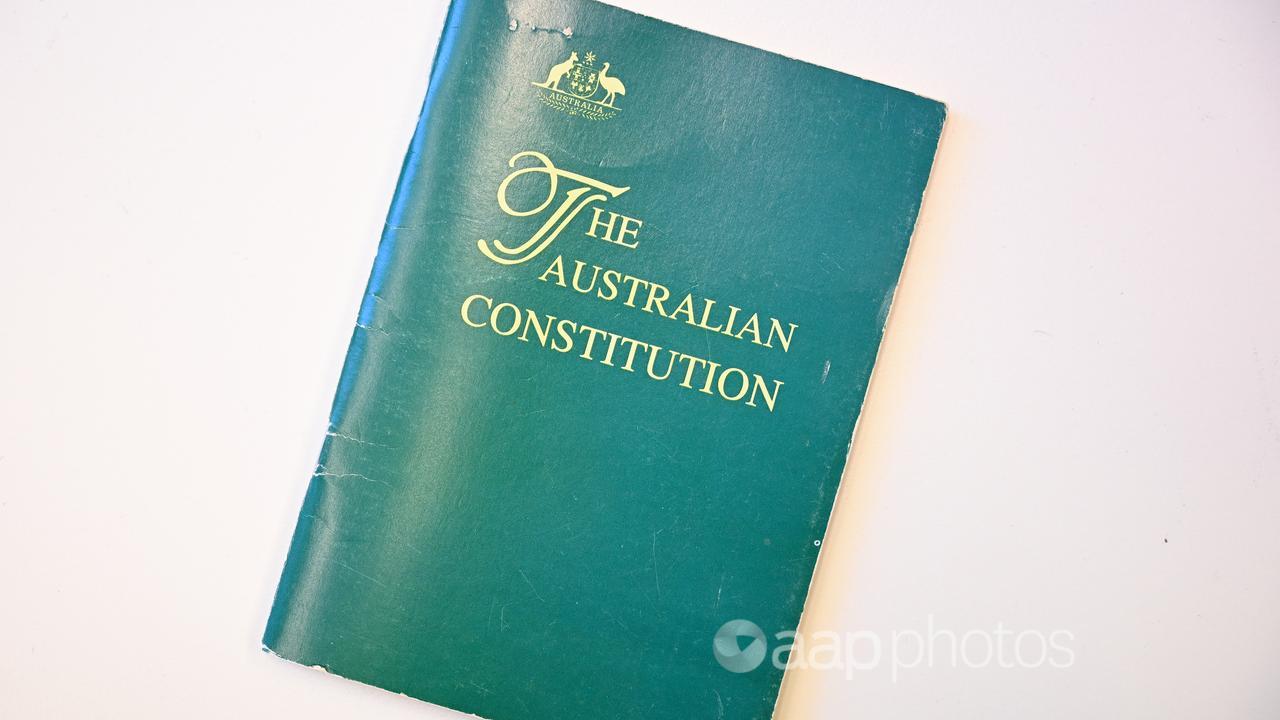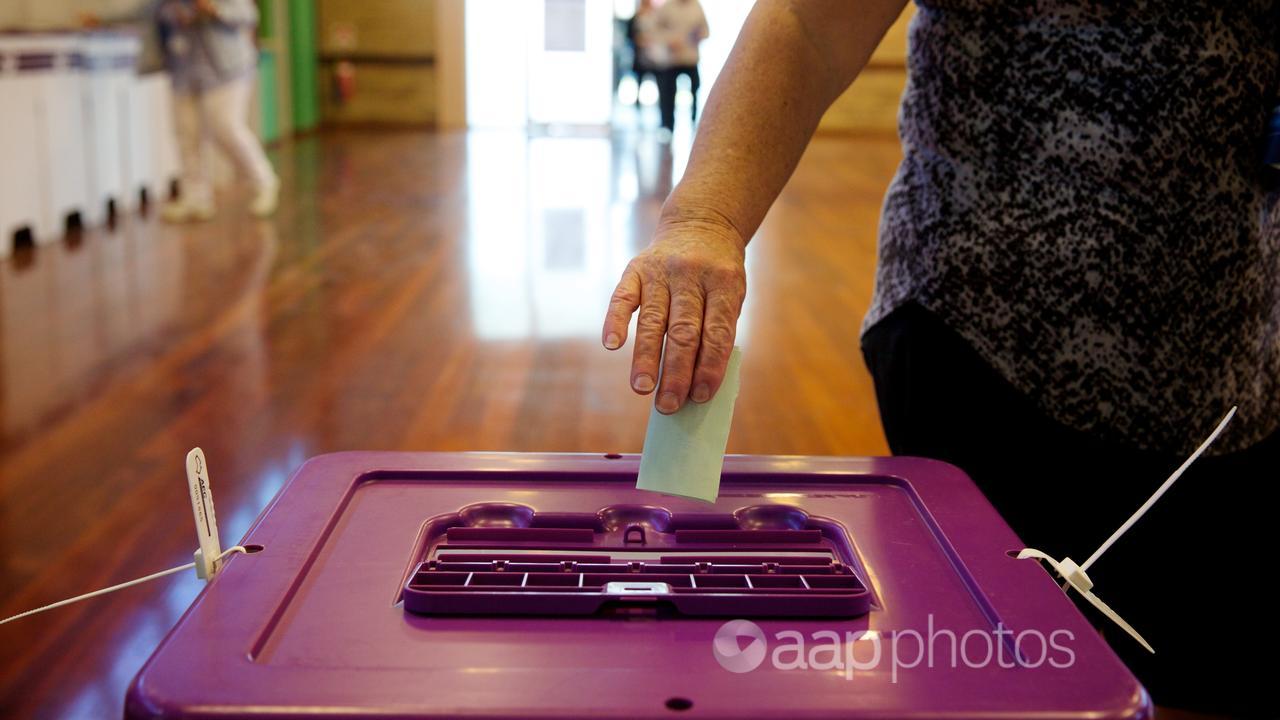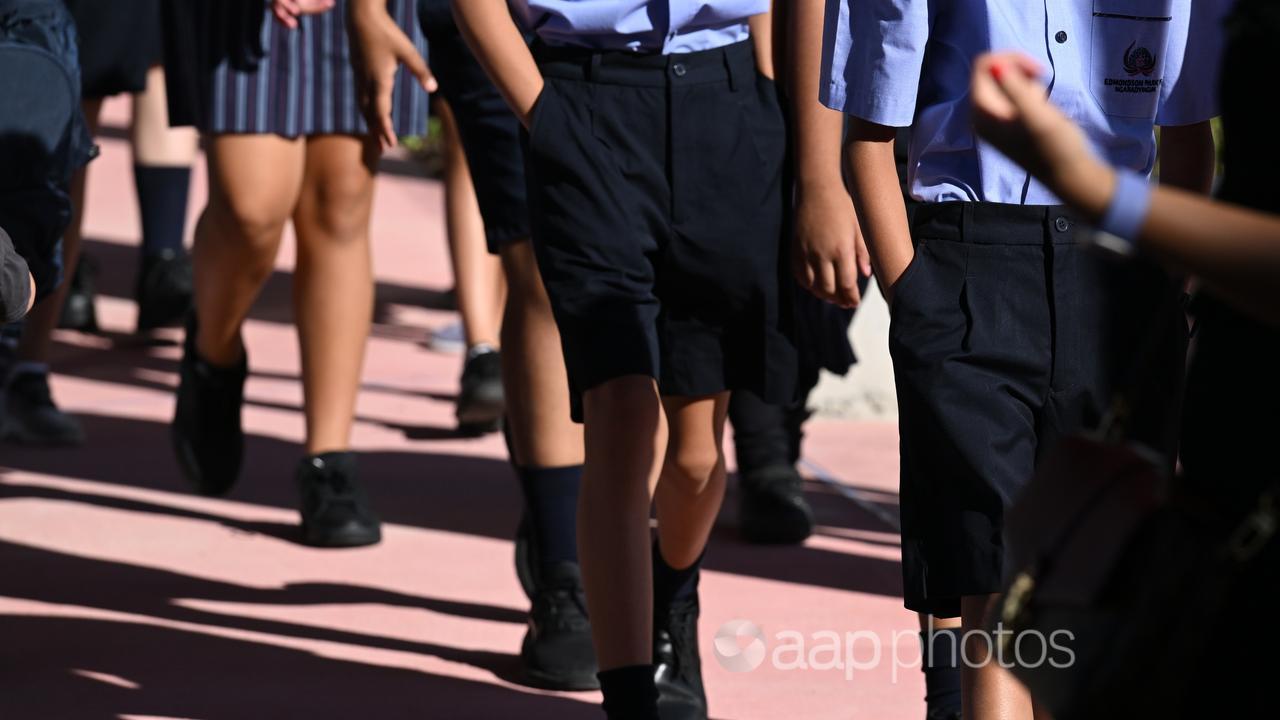It’s being claimed that the proposed Indigenous voice to parliament would be added to an existing section of the constitution as part of a secret plot to carve out new states.
This is false. The proposed advisory body wouldn’t be added to an existing section of the country’s founding document, but it would be in a new section of the constitution. An expert said that it wouldn’t have the power to create states either.
This Facebook post (archived here) claims there’s a hidden agenda in putting the Indigenous voice into a particular section of Australia’s founding document.

“To us, it looks like it could be alleged that these Aboriginal Leaders may be collaborating with other politicians, Big Business and the Progressive Left to slip a change through Parliament that will enshrine The Voice within Section 122 of our Constitution. Having Aboriginal Political Elites in control of Section 122 of our Constitution would enable the Elites to carve-out new, Aboriginal and Torres Strait Islander States, which they could run with their own State Parliaments and bureaucracies,” the post says.
The text mirrors and links to this 2019 article on an online blog called Reconciliation-Reality. The identity of the author called “Justa QuietAustralian” is unclear, but the website is registered in Ontario, Canada.
The post also asks: “why did the Aboriginal Political Elites single out only Section 122 as being worthy of enshrining Their Voice in the Constitution”.
However, the upcoming referendum question will not ask voters if they want to change any existing section of the constitution, including Section 122.
Instead, under laws passed in July, voters will be asked if they want to add a new part to the constitution containing the lines about an Indigenous voice called Section 129.
Nowhere in the wording of the proposed constitutional amendment is the phrase “Section 122” mentioned.

Dr Luke Beck, a constitutional law expert from Monash University, labelled the claim as “all nonsense”.
“The voice amendment creates a new section 129 that would establish a voice with the function of making representations to parliament and government on matters affecting Aboriginal and Torres Strait Islander Australians,” Dr Beck told AAP FactCheck in an email.
“The way in which the voice operates will be subject to control by parliament.”
He also pointed out that while parts of Chapter VI of the constitution allow the federal government to create new states, Section 122 is about creating laws for new territories, not states.
Dr Beck said the referendum result won’t expand the government’s power to create states, nor would it extend the power to any other entity.
“The voice will not be able create new states,” he added.
The Verdict
The claim that the proposed Indigenous voice to parliament would be able to create new states because it will be added to Section 122 of the constitution is false.
The referendum will not ask voters to change Section 122 or any other existing section of the constitution. Instead, voters will be asked to add a new part of the constitution outlining the voice in Section 129.
An expert told AAP FactCheck the voice proposal would not have the power to create new states.
False – The claim is inaccurate.
* AAP FactCheck is an accredited member of the International Fact-Checking Network. To keep up with our latest fact checks, follow us on Facebook, Twitter and Instagram.
All information, text and images included on the AAP Websites is for personal use only and may not be re-written, copied, re-sold or re-distributed, framed, linked, shared onto social media or otherwise used whether for compensation of any kind or not, unless you have the prior written permission of AAP. For more information, please refer to our standard terms and conditions.


















